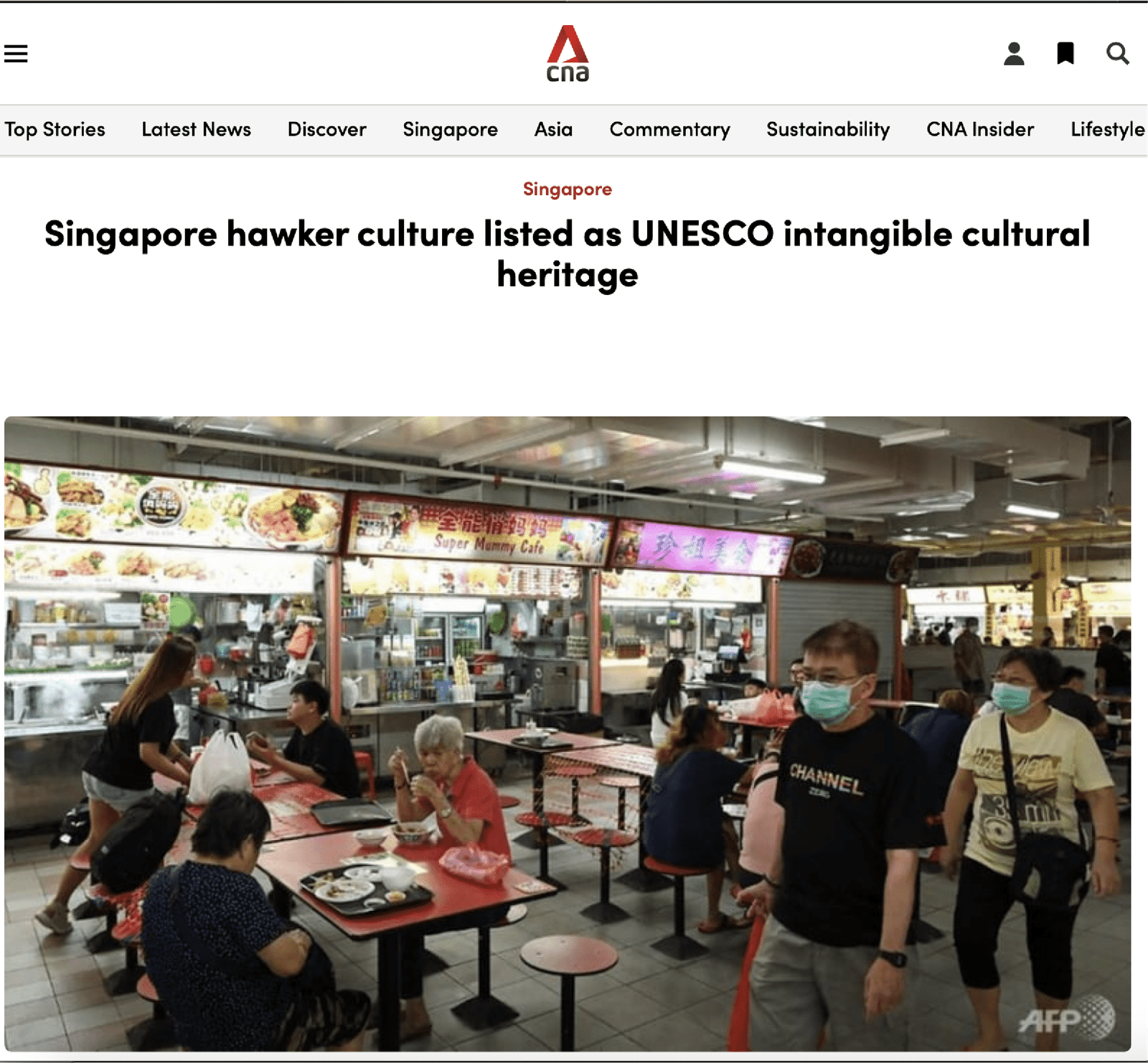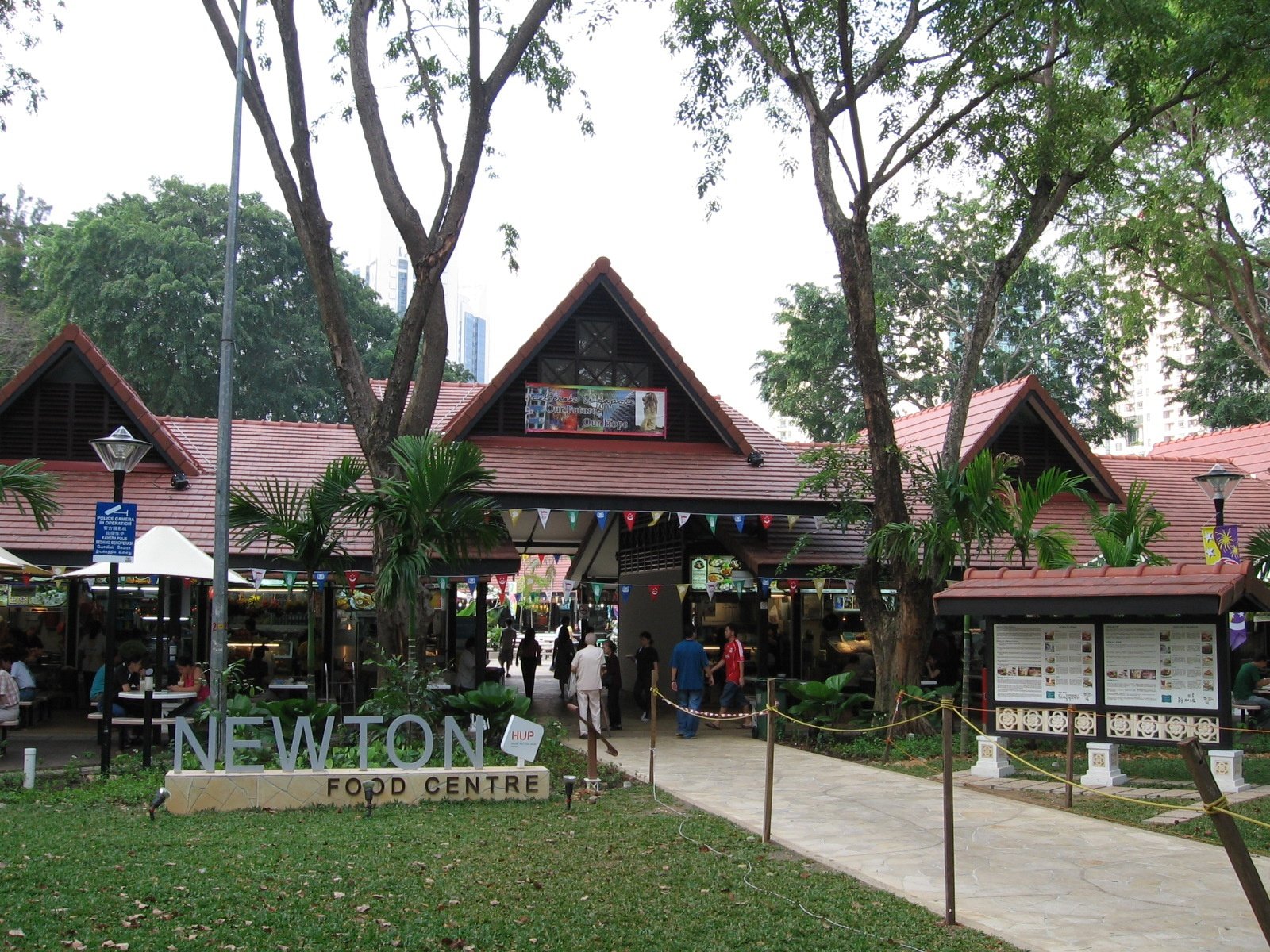Culture; an integral hub that embodies and harvests the beliefs, values and practices of a community. We hear about culture intermittently throughout our lives, but do we truly understand what it means? For culture is not a fixed, rigid concept — instead, culture is fluid. Tailored to each and every individual, culture is not expressed as one universal thing. Culture can be tangible; through wearing sacred garments, or verbal; speaking the words of a native language. And most importantly, culture is completely and truly devoid of judgement and dissension. For culture is a part of us, a fragment of our being. So we must treasure it, preserve it and celebrate it. Possibly the most idiosyncratic way of modeling culture is through food. As Hippocrates said, “Let food be thy medicine and medicine be thy food.” However, for others, the meals we eat have a cultural reverence. We align what we eat with our core values, as it is symbolic of how we nourish not only the body — but the mind and soul as well. In terms of culture-oriented meals, Singapore delivers. Both figuratively and literally, Singapore offers an abundance of culturally and ethnically diverse meals, all which can be found in our beloved hawker centers. For those living abroad, hawker centres may be somewhat of a new term. A hawker centre is an “open-air complex that houses many stalls selling a wide variety of affordably priced food.” (Ai Ju) Hawker centres are primarily found throughout Singapore, Malaysia and Hong Kong and serve as more sanitary dining options compared to mobile hawker carts. Today, there are more than 110 hawker centres located in Singapore and there are currently plans underway to construct more in the further embracement of various cultures. Recently, UNESCO added Singapore’s hawker centre to the List of Intangible Cultural Heritage of Humanity. The purpose of this recognition was to “preserve fragile culture, traditions, skills and knowledge integral to a particular place.” (Ng) And rightfully so, with over hundreds of different cultural delicacies, Singapore has done a superb job in using food as a means to represent culture — and alas this has been identified.
As Hippocrates said, “Let food be thy medicine and medicine be thy food.”
It was Sunday morning, when I read the National Geographic headline “Singapore’s iconic, but endangered, street food now has UNESCO status” Intrigued, I carried on reading and became more and more invested with each sentence, “Do hawker centres really infuse cultural elements into their meals?” I thought to myself as I reached over to grab my phone.
“Have you ever eaten at a hawker centre?” I texted my friend, Alice.
“Yeah, I have! Do you want to go eat at one?” She replied.
“I’d love to.” I texted back.
And with that, Alice and I met up on a Friday evening at Newton Food Centre. As we made our way towards the food court, I couldn’t help but feel an overwhelming sense of admiration. Individuals of all cultures and ethnic backgrounds could be seen enjoying meals, sitting and chatting — it was heartwarming. “What about that one?” Alice pointed to one of the hawker stands, and I nodded enthusiastically.
“Hello, what would you like?” An elderly man behind the counter asked. “What do I want?” I thought to myself as I gazed in amazement at the extensive list of options plastered against the wall, “What do you recommend?” I replied. The elderly man smiled, as if he had been yearning to hear those words all day, “The Bak Chor Mee, is my personal favorite.”
“Then that’s what I’ll have.” I smiled back. We received our food in seconds and sat down on a sea of free benches. As we began eating, I was astonished. I could genuinely taste all the flavours, all the spices; like symphonies in a musical piece, every bite was its own beautiful story.
“Oh my god, this is amazing.” I remarked. Dumbfounded, that having lived in Singapore for almost a decade, I had never once endeavoured in hawker centre food.
She smiled. “I’m glad you enjoyed it, I grew up eating it all the time.”
“Really?” I asked.
“Totally, it’s a staple Singaporean dish, I remember my mum cooking it during special occasions.” She gleamed. “I am so happy there are places like this.”
“What do you mean like this?” I asked.
“Hawker centres — places where individuals of all ethnicities and nationalities can come together to eat the meals of their culture.” She smiled. “What a beautiful sentiment.” I thought to myself. When I came home later that evening, I couldn’t stop smiling. How remarkable that a place so simple, can mean so much to different people.
It’s the little things we take for granted. Up until now — food for me, was just a source of energy. Something I had become so habituated to, so unimpressive. But I know now that I was wrong, for it is the little things that matter. It is the little things that make up who we are. Culture is everywhere around us, and maybe we just need to dig a little deeper and open our eyes a little wider to see it, and embrace it.

Credit : CNA
By : Lynn Robchinsky


